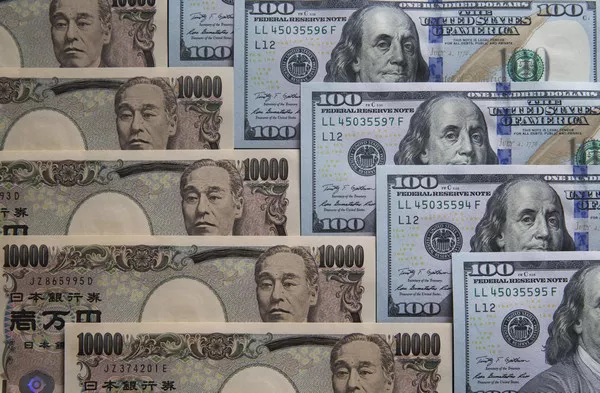In a second consecutive day of gains on Friday, the Japanese yen exhibited resilience against the U.S. dollar, rebounding from one-month lows despite a lack of sustained momentum. The aftermath of Japan’s New Year’s Day earthquake, coupled with diminishing inflation in Tokyo and sluggish wage growth, is expected to postpone the Bank of Japan’s (BoJ) plans to abandon its ultra-dovish stance, aiming to curb the yen’s upward trajectory. The yen’s status as a relative safe-haven remains underpinned by ongoing geopolitical risks and economic challenges faced by China.
Furthermore, the weakening position of the U.S. dollar (USD) is amplifying downward pressure on USD/JPY. Despite marginally positive U.S. consumer inflation data and hawkish statements from Federal Reserve (Fed) officials, prevailing market sentiment leans toward an increased likelihood of an interest rate cut at the upcoming March FOMC policy meeting. This perception is viewed as a drag on the dollar. However, tempered expectations regarding aggressive policy easing from the Federal Reserve have provided some stability to Treasury yields, helping to mitigate significant downside risks.
The intricate fundamental backdrop suggests exercising caution before initiating new bearish positions. Waiting for a robust follow-through sell-off is advised to confirm whether USD/JPY’s recent recovery from multi-month lows has truly lost momentum. Market participants are eagerly anticipating the release of the U.S. Producer Price Index (PPI) and remarks from Minneapolis Fed President Neel Kashkari, as both factors could influence the dollar and provide a fresh impetus. Despite these considerations, the currency pair appears poised to conclude the week with a second consecutive weekly gain.


